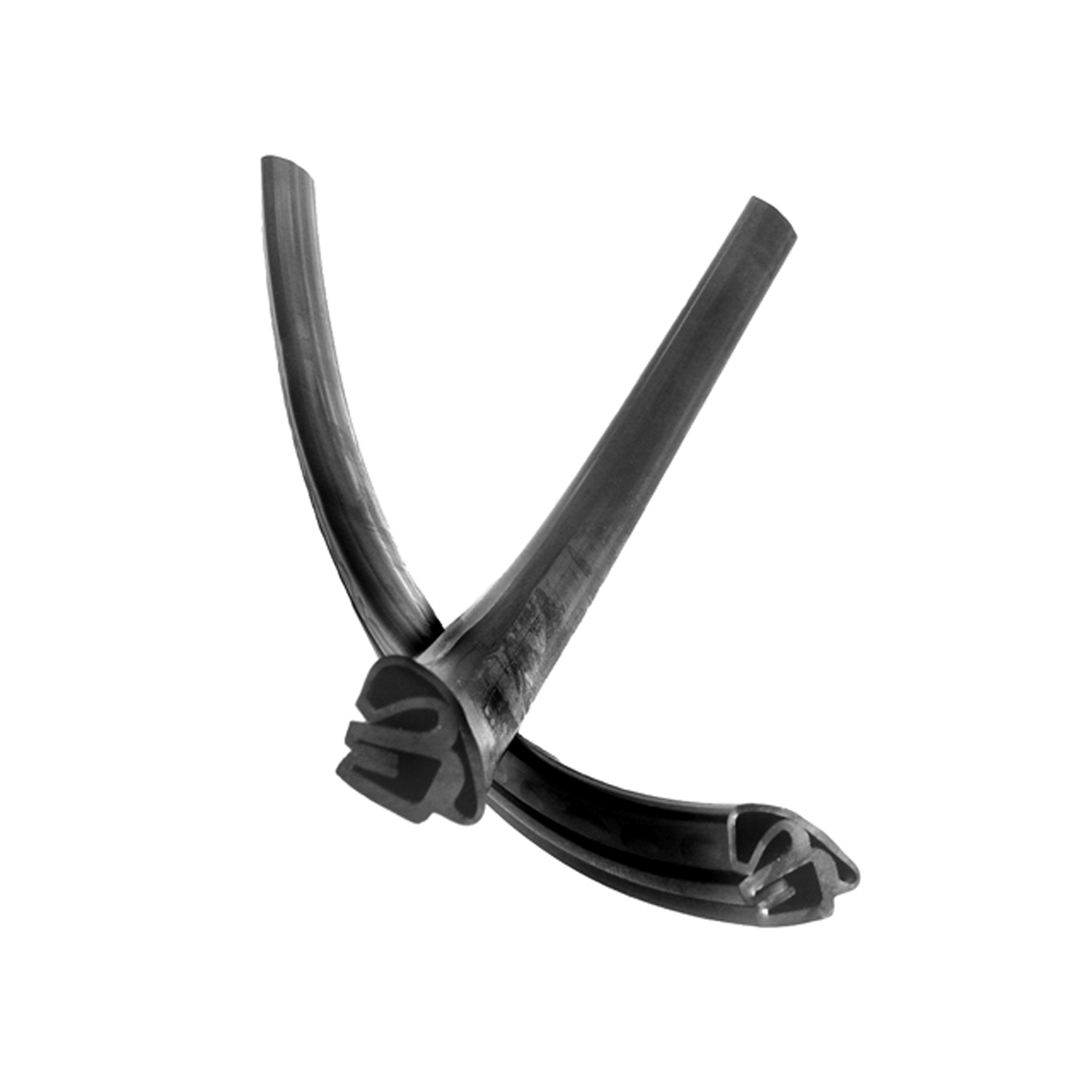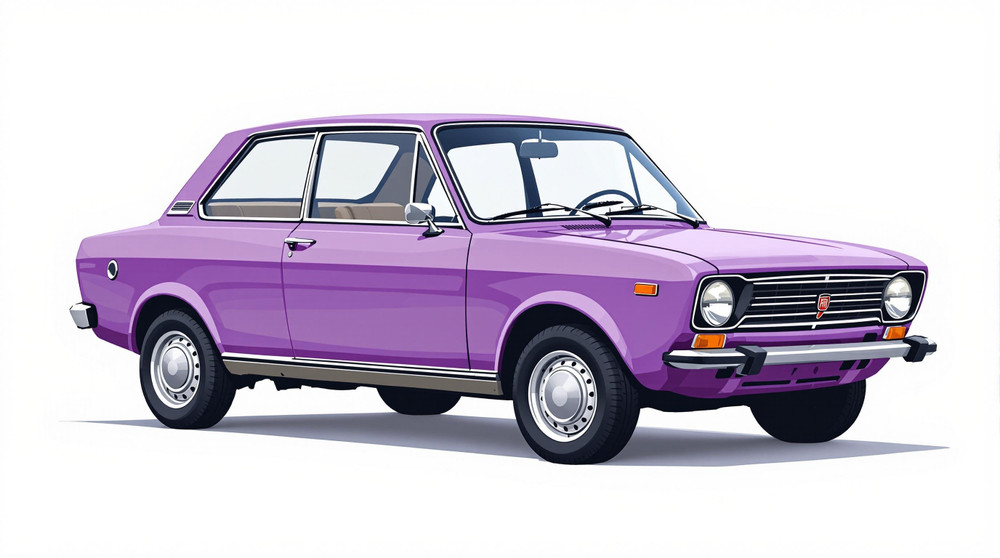Image of 1976 Fiat 131, Note: These illustrations use artistic license and may differ from actual historical models.
Performance Metrics
Fundamental Metrics
Emotional Appeal
MMP Rating
| Engine Specifications | |
|---|---|
| Engine: | Inline-4 |
| Displacement: | 1.3L-2.0L |
| Horsepower: | 65-115 hp |
| Torque: | 70-100 lb-ft |
| Compression Ratio: | 8.9:1 |
| Ignition System: | Electronic Ignition |
| Cooling System: | Water-cooled |
| Performance Specifications | |
| 0-60 Time: | 12-15 seconds |
| 1/4 Mile Time: | 18-20 seconds |
| Top Speed: | 100-110 mph |
| Transmission and Drive | |
| Drive Type: | RWD (Rear Wheel Drive) |
| Transmission Type: | 4-speed manual, 5-speed manual, 3-speed automatic |
| Fuel and Efficiency | |
| Fuel System Type: | Carburetor |
| MPG: | 20-25 mpg |
| Dimensions and Brakes | |
| Brakes: | Front disc brakes, rear drum brakes |
| Wheelbase: | 98.4 inches |
| Weight: | 2200-2400 lbs |
Note: Specifications for classic cars are given to the best of our ability, considering the limited and variant data available.
Unveiling the Charm of the 1976 Fiat 131
The 1976 Fiat 131 may not be the first car that springs to mind when you think of classic Italian engineering, but it certainly deserves a place in the annals of automotive history. Born from the stables of Fiat, an automaker renowned for its small cars and city-friendly vehicles, the Fiat 131 represented a foray into a more family-oriented market. This model was a testament to Fiat's versatility and ability to adapt to changing consumer needs during the 1970s.
The Fiat 131, also known as the Mirafiori, was introduced to the world at the 1974 Turin Motor Show. It was named after the Mirafiori district of Turin, where Fiat had one of its largest manufacturing plants. A unique fact that piques interest is that this vehicle served as a successful rally car, clinching multiple World Rally Championship titles and etching its name in motorsport folklore.
Design and Innovation
The exterior styling of the Fiat 131 was characterized by its angular lines and boxy silhouette, a departure from the curvy aesthetics prevalent in previous decades. Its design echoed a global shift towards more geometric car designs that were taking root in the '70s. Inside, occupants were greeted with a functional and straightforward interior, where attention was focused on practicality over luxury. The materials used ranged from basic fabrics to more durable vinyls, catering to a wide audience looking for either affordability or resilience.
For its era, the Fiat 131 featured some noteworthy technological advancements such as improved safety features and better emission controls. Color options varied widely, with shades like Rosso Corsa (racing red) and Azzurro Metallic (metallic blue) among popular choices that added Italian flair to this pragmatic vehicle. The car came in several body styles including two-door and four-door sedans, as well as a five-door estate version. However, it was perhaps the sporty two-door variant that captured enthusiasts' hearts most vividly.
Historical Significance
The Fiat 131's impact on automotive design may not have been revolutionary, but its contribution to technology, particularly in rallying, is notable. The Abarth-tuned rally versions were instrumental in showcasing front-engine, rear-wheel-drive configurations could still dominate in an era increasingly interested in all-wheel drive systems. Its success on the rally stage helped cement Fiat's reputation as a manufacturer capable of producing both reliable family cars and competitive race vehicles.
Performance and Handling
Performance-wise, the Fiat 131 delivered respectable figures for its class. With engines ranging from modest 1.3-liter to more spirited 2.0-liter units, top speeds varied accordingly. The most potent versions could reach upwards of 110 mph and sprint from 0-60 mph in under 10 seconds—a commendable feat at the time. Handling was praised for being balanced and predictable; drivers enjoyed a sense of connection with the road thanks to well-tuned suspension setups that managed to absorb imperfections while still providing feedback.
The driving experience was characterized by the distinctive hum of its inline-four engine—a sound that became synonymous with Italian motoring for many aficionados. The ride quality struck a middle ground between comfort and sportiness, making it suitable for both leisurely cruises and more enthusiastic driving.
Ownership Experience
The Fiat 131 found use in various roles ranging from dependable family transport to weekend rally warrior. Maintenance was relatively straightforward due to its simple mechanical layout, which endeared it to owners who valued ease of repair. While reliability was generally good for the era, like many cars of its time, it required regular upkeep to stay in top condition.
Fun Facts
In terms of trivia, one might be surprised to learn that certain editions of the Fiat 131 were quite rare—like the Volumetrico Abarth with a supercharged engine or limited edition Racing models with enhanced performance features. Celebrity ownerships added to its allure; notable figures in various fields owned a Fiat 131 at some point in their lives.
While it did face criticism for its conservative styling or rust issues—a common problem among cars from this period—its rallying pedigree often overshadowed these points.
Collector's Information
Today, collectors might find that sourcing a pristine Fiat 131 can be challenging due to production numbers dwindling over time through attrition and rust issues. Estimates suggest several hundred thousand units were produced across all variants during its production run from 1974-1984. As for value range, depending on condition and rarity (such as Abarth versions), prices can vary significantly but typically range from $5,000 for models needing restoration up to $25,000 or more for well-preserved examples or those with historical significance.
Conclusion
In conclusion, while not as flashy as some of its contemporaries, the 1976 Fiat 131 carved out its niche in automotive history through practical design and unexpected prowess on rally stages around the world. It remains an endearing classic for those who appreciate understated charm coupled with Italian engineering—a combination that continues to captivate enthusiasts today.
1976 Fiat 131 Catalog of Parts
 1976 Fiat 131 Vertical Seals. Pair-VS 20Vertical Seals. Pair
1976 Fiat 131 Vertical Seals. Pair-VS 20Vertical Seals. PairWhy Choose Metro?
For over 100 years, Metro Moulded Parts has been the pinnacle of quality in classic car restoration parts. Our commitment to precision and authenticity in every component ensures a perfect fit and an OEM-level appearance.
- Expert Craftsmanship & Quality: Each part is a testament to our dedication to reliability and perfection, crafted from original designs and thoroughly tested.
- Advanced Technology: We use cutting-edge techniques to create flawless, long-lasting parts that surpass others in performance.
- SuperSoft Sponge – The Ultimate Door Seal: Not only are our door seals 30% softer than competitors', but they're also guaranteed to never leak. They effectively reduce wind and road noise, enhancing your classic car's comfort and driving experience.
- Proudly American: Our parts are a product of American craftsmanship, made in the USA with a spirit of excellence and heritage.
- Unrivaled Warranty: We back our products with a 30-year industry-leading warranty, a testament to our confidence in their quality.
Join us in preserving the legacy of classic cars with parts that are crafted for perfection, not just made.

